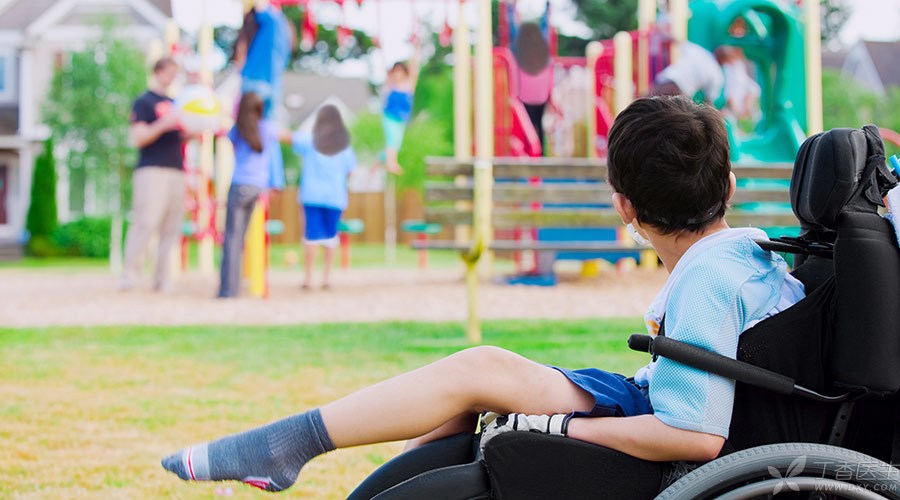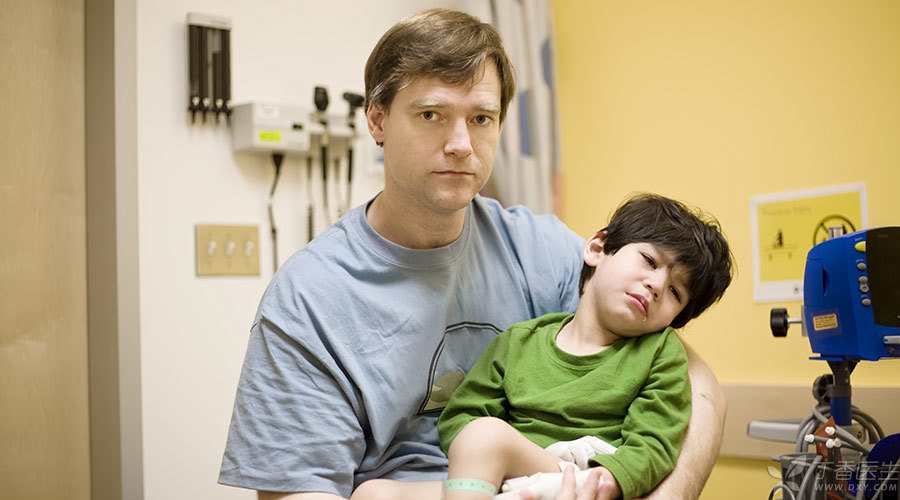
Hearing the disease of [cerebral palsy], it is almost not difficult for us to think of the middle-aged person in our community who behaves strangely and often makes himself dirty, thus easily linking [cerebral palsy] with [mental retardation].
But in fact, Cerebral palsy patients tend to have normal intelligence, Their strange behavior to ordinary people is simply because they cannot control their behavior well. About one in every 500 children has such a child. Unlike the increasingly known intervention situation of autism (autism), which is still unclear, with reasonable early intervention and rehabilitation treatment, cerebral palsy children are expected to lead a completely normal life.
Today, Dr. Clove will take you to know about the disease and provide you with some information in order to help discover the abnormalities of children as soon as possible-you know, the earlier the intervention is made, the greater the hope of cerebral palsy babies living like normal children, which is related to their happiness in the future life.
What are the manifestations of children with cerebral palsy?
As mentioned earlier, cerebral palsy and mental retardation are not absolutely associated. In fact, its main symptom is abnormal motor development. Specifically, it is mainly manifested in the following three aspects.
1. Lack of motor development
Compared with their peers, babies with cerebral palsy learn to look up, turn over, sit, climb, stand, walk, hold things with their hands and take things later.
2. Dystonia
The meaning of muscle tension is “strength” in the simplest way. Most children’s muscle tension is too high, and the specific manifestation is rigidity and unique strength. They can straighten up at a small age and cannot break off their small arms. There are also children who will show that muscle tension is reduced, that is, they have no strength, their heads cannot be lifted, their fingers have no strength, turning over, climbing, and other actions, which are even more difficult to complete.
3. Abnormal posture
In this respect, the performance of children with cerebral palsy is very prominent, and even the classification of such diseases is based on the characteristics of abnormal posture.
Among them, [spasm type] and [hand and foot creep type] are more common:
- Spastic type: This type of children’s muscle tension increases, unique strength, wrist joint and finger joint will bend up, standing is toe on the ground, walking two legs like scissors to open and close. Hand and foot creep type: this type of children’s limbs will involuntarily move, and their own can’t control, looks, will feel strange.
4. Abnormal nerve reflex
We may all know the knee jump reflex. If you hit a certain position on the knee with a small hammer, your lower leg will be lifted at once. Some people think it is quite fun.
Doctor clove reminded everyone that the baby’s nerve reflex slowly disappears in the first year after birth, so the younger the baby, the more [fun], for example, he will grab something in the baby’s palm, put something in the baby’s mouth, he will start sucking, let the baby suddenly fall back, he will open his arms and hold it…
However, parents should remember that they should not always play with the baby’s nerve reflex, because repeated playing may strengthen the original reflex of these nervous systems. If they do not disappear, the baby’s motor development will be affected. Remember!
Continue to say, children with cerebral palsy have abnormal specific manifestations of nerve reflex, which may be that such reflex disappears late or is especially strong, which may need doctors to judge.

How do you know if my child has cerebral palsy?
First of all, Dr. Clove would like to tell you that in what, parents should be highly alert to their children suffering from cerebral palsy.
-
Before birth: During pregnancy, the mother needs to be alert to cerebral palsy if she has any condition, such as twins or multiple births, pregnancy over 35 years old, malnutrition of pregnant women, hypertensive disorder complicating pregnancy or diabetes, cholestasis syndrome, pregnancy infection, fetal neurodevelopmental malformation, etc.
-
At birth: If the baby suffers from hypoxia, intracranial hemorrhage or brain tissue contusion due to dystocia and other reasons at birth, it should be observed carefully afterwards.
-
After birth: If the baby is born prematurely, or the weight is lower than the normal range, or bilirubin encephalopathy or central nervous system infection occurs, or hypoglycemia occurs due to failure to eat in time, the baby should also be carefully cared for and observed.
-
Unknown factors: Yes, there are still 20% to 30% of cerebral palsy babies, and doctors have not found the relevant pathogenic factors. Is it hereditary? Well, it may have an impact.
Secondly, what Dr. Clove wants to say is that no matter whether the child and the mother have the above-mentioned experiences or not, if the following situations occur, it is necessary to go to the hospital for investigation as soon as possible:
-
The whole body is hard, like to stretch the body straight, beat up;
-
The posture and movements look a little strange.
-
Be easily frightened;
-
The body will twitch;
-
Scream for no reason.
Children who have suffered from the above mentioned experiences usually need to be hospitalized, and then it is necessary to go to the hospital for reexamination every month. During the baby’s hospitalization, parents need to actively consult a doctor, and pediatricians will evaluate the probability of cerebral palsy in the child and take corresponding intervention measures.
If you have not been hospitalized before, but find the above abnormalities, you can go to the pediatrics department of the hospital or the children’s health department of the pediatric hospital for examination and evaluation, and cooperate with the doctor for further treatment.
Can we really get good results by intervening as soon as possible?
Doctor Clove stressed several times in front that cerebral palsy should be discovered as soon as possible and diagnosed by the doctor as soon as possible, with only one purpose: to receive treatment as soon as possible.
Parents must not despair. Cerebral palsy is not stupid. It is not that the child is hopeless. Before the age of 2, after formal intervention and rehabilitation training, the child is expected to lead a normal life. Even, some children started treatment 6 months ago, and they can completely return to normal.
Of course, the final therapeutic effect of a child depends not only on the treatment time but also on the type of cerebral palsy. The process of recovery is a great test of parents’ patience. Beating, scolding, disgust or impatience should not be applied to children.
In addition, a real problem is money. The cost of rehabilitation is not a small sum, but for the sake of children, the money should be spent.
Can I do rehabilitation at home? Yes, but first of all, we need to learn specific methods under the guidance of professional medical personnel. In addition, in addition to medical personnel taking care of the children for rehabilitation, home rehabilitation exercises are also essential.
Dr. Clove hereby warns all parents in need not to believe in treatment methods other than regular rehabilitation training in hospitals in order to save money or rush to the hospital. It would be a pity if the opportunity was delayed and money was wasted.
